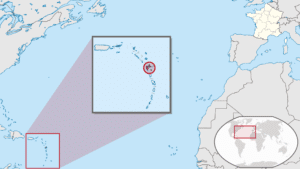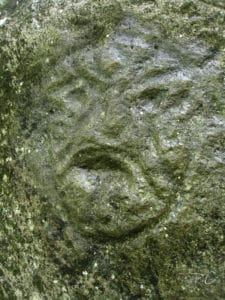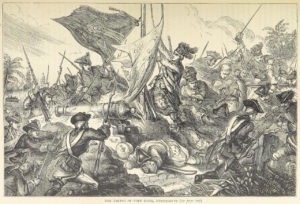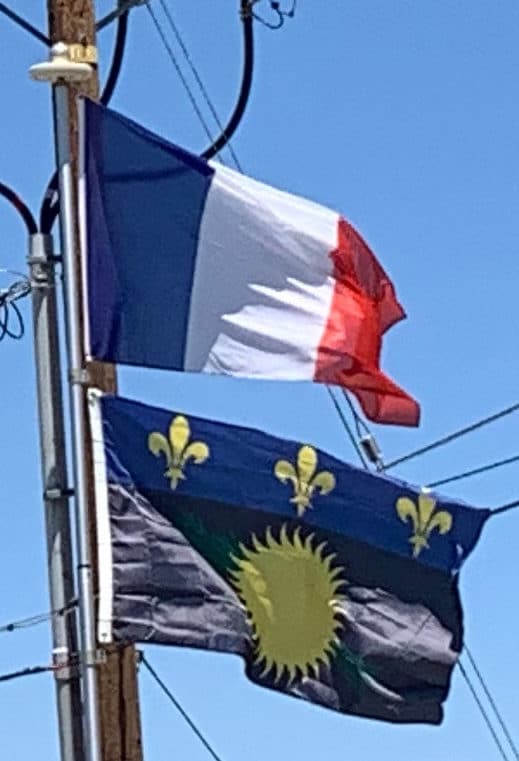Introduction:
Guadeloupe is an archipelago forming an overseas region of France in the Caribbean. It consists of six inhabited islands, Basse-Terre, Grande-Terre, Marie-Galante, La Désirade, and the Îles des Saintes, as well as many uninhabited islands and outcroppings. It lies south of Antigua and Barbuda and Montserrat, and north of Dominica. Its capital is Basse-Terre on the southern west coast; however, the largest city is Les Abymes and the main city is Pointe-à-Pitre.

Like the other overseas departments, it is an integral part of France. As a constituent territory of the European Union and the Eurozone, the euro is its official currency and any European Union citizen is free to settle and work there indefinitely. As an overseas department, however, it is not part of the Schengen Area. The official language is French; Antillean Creole is also spoken.
History:
Pre-Colonial Era:
The islands were first populated by indigenous peoples of the Americas, possibly as far back as 3000 BC. The Arawak people are the first identifiable group; however, they were later displaced circa 1400 AD by Kalina-Carib peoples.

Arrival of Europeans:
Christopher Columbus was the first European to see Guadeloupe, landing in November 1493 and giving it its current name. Several attempts at colonization by the Spanish in the 16th century failed due to attacks from the native Caribs peoples.

In 1626 the French under Pierre Belain d’Esnambuc began to take an interest in Guadeloupe, expelling Spanish settlers. The Compagnie des Îles de l’Amérique settled in Guadeloupe in 1635, under the direction of Charles Liénard de L’Olive and Jean du Plessis d’Ossonville; they formally took possession of the island for France and brought in French farmers to colonize the land. This led to the death of many Caribs by disease and violence. By 1640, however, the Compagnie des Îles de l’Amérique had gone bankrupt, and they thus sold Guadeloupe to Charles Houël du Petit Pré who began plantation agriculture, with the first African slaves arriving in 1650. Ownership of the island then passed to the French West India Company before it was annexed to France in 1674 under the tutelage of their Martinique colony. Institutionalized slavery, enforced by the Code Noir from 1685, led to a booming sugar plantation economy.
18th-19th Centuries:
During the Seven Years’ War the English occupied Guadeloupe from the time of 1759 British Invasion of Guadeloupe until the 1763 Treaty of Paris.

During this time Pointe-à-Pitre became a major harbor, and markets in Britain’s North American colonies were opened to Guadeloupean sugar which was traded for cheap food and lumber. The economy expanded quickly, creating vast wealth for the European colonists. During this time about 18,000 slaves were imported to Guadeloupe. So prosperous was Guadeloupe at the time that under the 1763 Treaty of Paris France forfeited its Canadian colonies in exchange for Guadeloupe. Coffee planting began in the late 1720’s, also worked by slaves, and by 1775 cocoa had also become a major export product.
